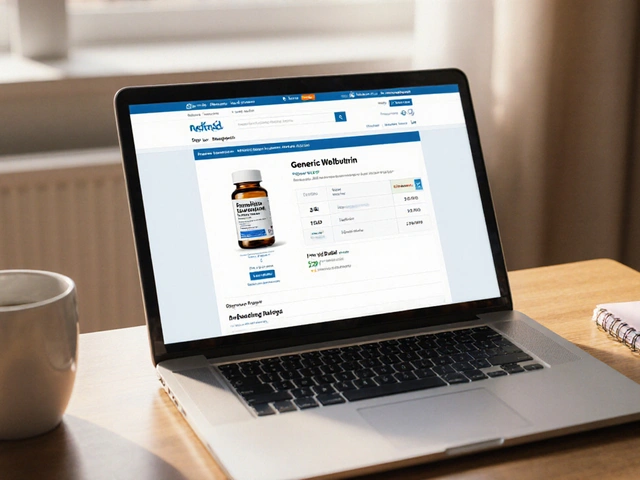Atarax alternatives: practical options for anxiety, itch, allergies and sleep
Atarax (hydroxyzine) is a go‑to for itch, anxiety and sleep because it calms and sedates. Trouble is, not everyone likes the drowsiness or side effects. Below I list clear alternatives — drug and non‑drug — sorted by what you’re treating. Pick the section that fits your need.
Options by problem
Allergies: If you use Atarax for allergy symptoms but want less sedation, try second‑generation antihistamines: cetirizine (10 mg once daily), loratadine (10 mg once daily) or fexofenadine (180 mg once daily). These block histamine with far less drowsiness and work well for sneezing, runny nose and hives.
Itching (pruritus): For chronic itch, topical care helps a lot. Use emollients, fragrance‑free moisturizers, and short courses of topical steroid where skin is inflamed. Oral alternatives include non‑sedating antihistamines above, gabapentin (often used for neuropathic itch), or low‑dose mirtazapine when sleep and appetite are also problems. For severe cholestatic or uremic itch, specialists sometimes use low‑dose naltrexone or rifampicin — these should only be used under close medical supervision.
Anxiety: Hydroxyzine is an old option for short‑term anxiety relief, but if you need a different profile consider: short‑term benzodiazepines (like lorazepam) for acute panic but only briefly; buspirone (less sedation, takes weeks to work) for generalized anxiety; beta‑blockers (propranolol) for performance or situational anxiety; and SSRIs/SNRIs when long‑term treatment is needed. Cognitive behavioral therapy (CBT) is a top non‑drug choice that often reduces medication need.
Insomnia: If sedation is your goal but Atarax causes next‑day grogginess, try melatonin for circadian problems, low‑dose doxepin (prescription) for sleep maintenance, or trazodone at bedtime (commonly used off‑label). Also try sleep hygiene first: consistent bedtime, no screens before bed, and limiting caffeine.
Safety tips and how to choose
Think about what you want: less day sleepiness, stronger anti‑itch effect, or long‑term anxiety control. All drugs have trade‑offs. Second‑generation antihistamines are safe for daily allergy use for most people. For anxiety or chronic problems, talk to a clinician about SSRIs, buspirone or therapy instead of repeated sedating antihistamines.
Watch for interactions: mixing sedating drugs (opioids, benzodiazepines, alcohol) raises risk. Older adults should avoid sedating antihistamines and long‑acting benzodiazepines because of falls and confusion. Pregnant or breastfeeding? Check with your provider before switching.
If you’re unsure, ask your doctor or pharmacist this: What alternative treats my main symptom with the fewest daytime side effects? That question quickly narrows sensible choices. If you want help comparing two specific options, tell me the symptom and any other meds you take and I’ll break it down for you.




